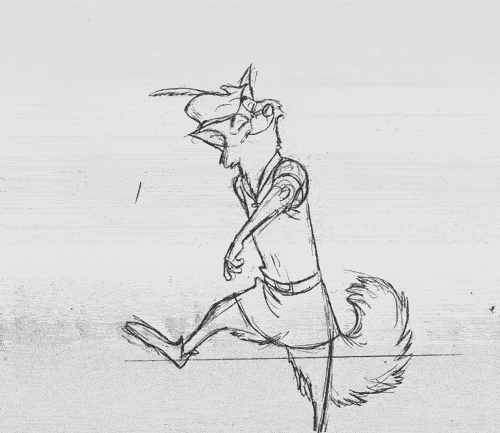The GIF Story
 The GIF is a file in the Graphics Interchange Format, a bitmap image format. Some people pronounce the abbreviation with a "G" sound (like gift without the t) and other use a "J" sound (like JIFfy). It was developed by US-based software writer Steve Wilhite while working at the internet service provider CompuServe in 1987. (He used the G sound.) Since then, it has gone into widespread usage due to its wide support and portability.
The GIF is a file in the Graphics Interchange Format, a bitmap image format. Some people pronounce the abbreviation with a "G" sound (like gift without the t) and other use a "J" sound (like JIFfy). It was developed by US-based software writer Steve Wilhite while working at the internet service provider CompuServe in 1987. (He used the G sound.) Since then, it has gone into widespread usage due to its wide support and portability.
Originally, CompuServe wanted a lightweight color image format to replace their black and white only run-length encoding (RLE) format. The GIF had color and LZW data compression which allowed larger images to download faster. This being a time of very slow modem connections, it was common to see a big or detailed image appear line by line as you watched it load.
CompuServe released an enhanced version in 1989 (called 89a) which added support for animation delays, transparent background colors, and metadata.
It wasn't until September 1995 when the early and very popular web browser Netscape Navigator 2.0 added animated GIF support that the animated GIF became popular. Perhaps, too popular, as early websites often featured many animated logos and decorative (and annoying) images.
In 2012, the American wing of the Oxford University Press recognized GIF as a verb as well, meaning "to create a GIF file", and they voted it their word of the year, saying that GIFs have evolved into "a tool with serious applications including research and journalism."
Today GIFs are often used to illustrate simple processes and also as mini-movie clips (although they are not true video files).
Trackbacks
Trackback specific URI for this entryThe author does not allow comments to this entry
Comments
No comments